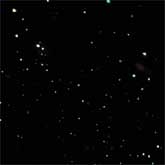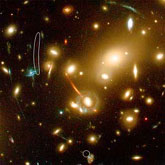What Is a Bruise?
 A bruise is a deposit of blood under the skin. It flows from tiny capillaries that break when you bump your shin on the furniture or take the batter's pop fly in the eye. The injury starts out looking red because of hemoglobin, the red pigment in red blood cells. As blood pools under the skin, light striking the red hemoglobin bounces back and bends through many skin layers, making the bruise look blue, black, or purple. As hemoglobin breaks down over a week or two, the protein reflects more yellow-toned light and the bruise turns green, yellow, or brown.
A bruise is a deposit of blood under the skin. It flows from tiny capillaries that break when you bump your shin on the furniture or take the batter's pop fly in the eye. The injury starts out looking red because of hemoglobin, the red pigment in red blood cells. As blood pools under the skin, light striking the red hemoglobin bounces back and bends through many skin layers, making the bruise look blue, black, or purple. As hemoglobin breaks down over a week or two, the protein reflects more yellow-toned light and the bruise turns green, yellow, or brown.
Knees and eyes are especially susceptible to bruising because they have little fat to cushion and protect them. Easy bruising may be a sign of poor blood clotting. Certain drugs ranging from aspirin to asthma drugs may interfere with blood clotting under the skin. A deficiency of vitamin C leads to easy bruising and slow healing. Vitamin C is needed to build collagen around blood vessels. With too little collagen, the capillaries suffer a lack of support and protection.
Some people bruise more easily than others. Women get more bruises than men because their skin is thinner. The thinner the skin, the more vulnerable the capillaries to breakage. We bruise more easily as we age. Older skin is thinner skin, both in the epidermis and in the underlying collagen and elastin layers. Thin skin leaves blood vessels vulnerable to breakage at the slightest impact. Also, the skin's exposure to sunlight over the years makes it easier to damage.







